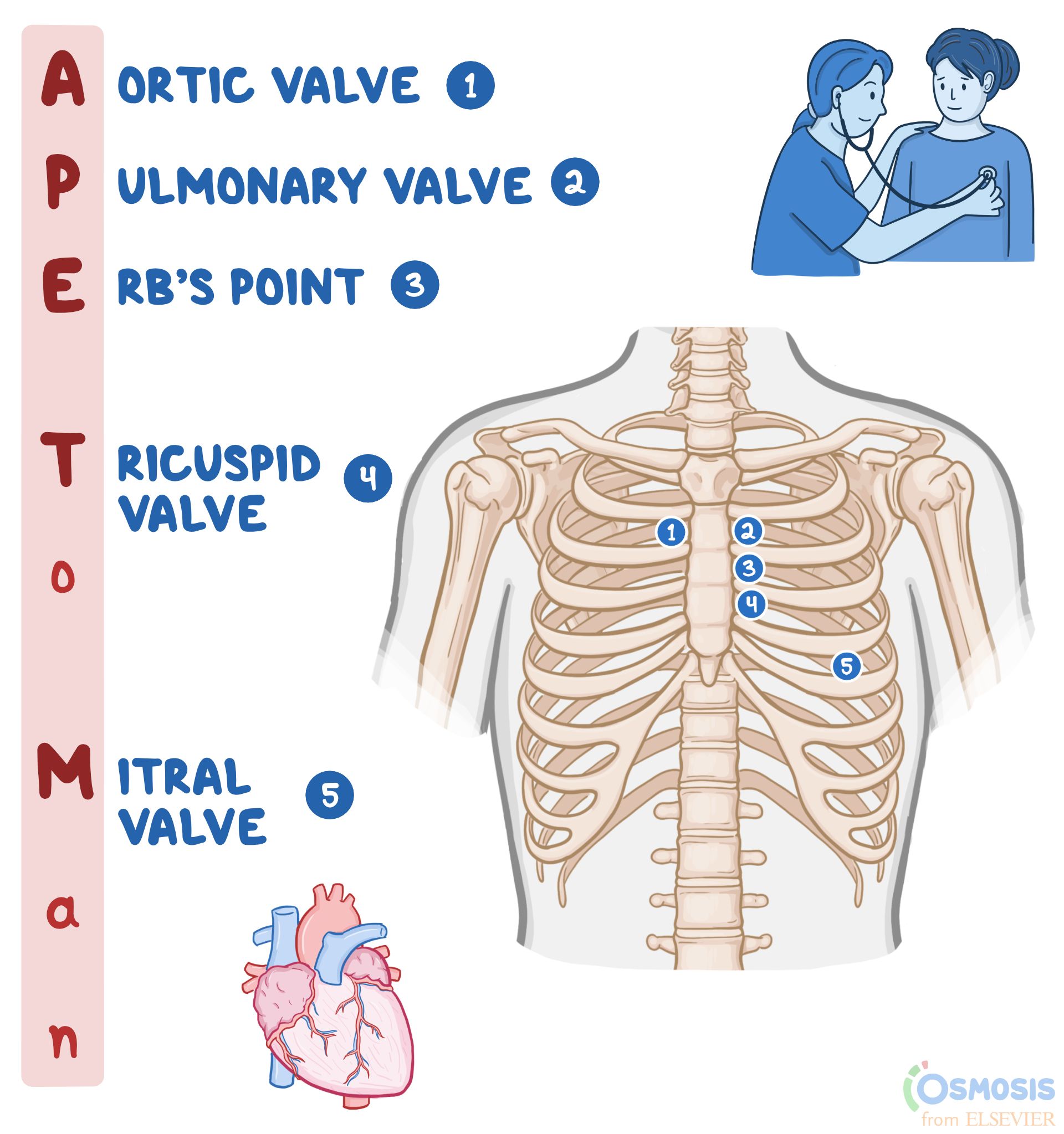The nurse is assessing a client diagnosed with fluid overload. The nurse should implement priority interventions for which of the following assessment findings? (Select all that apply.)
Increased temperature
Increase hematocrit
Blood pressure 180/100
Respiratory rate 32
Heart rate 120bpm
Correct Answer : C,D
A. Increased temperature: Fluid overload typically doesn't cause an increased temperature. Infections or other inflammatory processes are more likely causes of elevated body temperature.
B. Increased hematocrit: Fluid overload usually results in dilution of blood components, leading to a decreased hematocrit (lower concentration of red blood cells in the blood). An increased hematocrit is not a typical finding in fluid overload.
C. Blood pressure 180/100: Elevated blood pressure can be associated with fluid overload, especially if the overload is chronic. This is a correct assessment finding that requires intervention and monitoring.
D. Respiratory rate 32: An increased respiratory rate can be a sign of respiratory distress, which may occur in severe cases of fluid overload, especially if it leads to pulmonary edema. This is a correct assessment finding that requires intervention and further evaluation.
E. Heart rate 120 bpm: An increased heart rate can be a compensatory mechanism in response to fluid overload, especially if the heart is trying to maintain cardiac output. However, this heart rate alone is not specific enough to confirm fluid overload. Other signs and symptoms, such as edema, increased blood pressure, and respiratory distress, are more indicative of fluid overload.
Nursing Test Bank
Naxlex Comprehensive Predictor Exams
Related Questions
Correct Answer is C
Explanation
A. Fifth intercostal space, left of the midclavicular line: This placement is used to auscultate the mitral valve, which is best heard at the apex of the heart. The mitral valve sounds are typically heard around the fifth intercostal space, midclavicular line.
B. Left lower sternal border: This placement is used to auscultate the tricuspid valve, which is best heard at the lower left sternal border.
C. Second left intercostal space: This is the correct placement for auscultating the pulmonic valve. The pulmonic valve sounds are best heard at the second left intercostal space, which is close to the upper left sternal border.
D. Second right intercostal space: This placement is used to auscultate the aortic valve, which is best heard at the second right intercostal space, close to the upper right sternal border.

Correct Answer is D
Explanation
A. Listening for all possible sounds at a time at each specified area: This approach does not allow for specific localization of different heart sounds and murmurs, making it difficult to accurately assess the heart's condition.
B. Listening to the sounds at the aortic, tricuspid, pulmonic, and mitral areas: This option is close but lacks the systematic approach of method D. Listening at specific anatomical locations (aortic, tricuspid, pulmonic, mitral) is important, but the Z pattern allows for thorough coverage and precise localization of any abnormal sounds.
C. Listening to the sounds only at the site where the apical pulse is felt to be the strongest: This method does not cover all the important auscultation sites on the heart and may miss significant findings.
D. Listening by inching the stethoscope in a rough Z pattern, from the base of the heart across and down, then over to the apex: This technique involves a systematic approach where the nurse listens at specific locations in a structured manner, ensuring comprehensive coverage of the heart sounds and murmurs.
Whether you are a student looking to ace your exams or a practicing nurse seeking to enhance your expertise , our nursing education contents will empower you with the confidence and competence to make a difference in the lives of patients and become a respected leader in the healthcare field.
Visit Naxlex, invest in your future and unlock endless possibilities with our unparalleled nursing education contents today
Report Wrong Answer on the Current Question
Do you disagree with the answer? If yes, what is your expected answer? Explain.
Kindly be descriptive with the issue you are facing.
